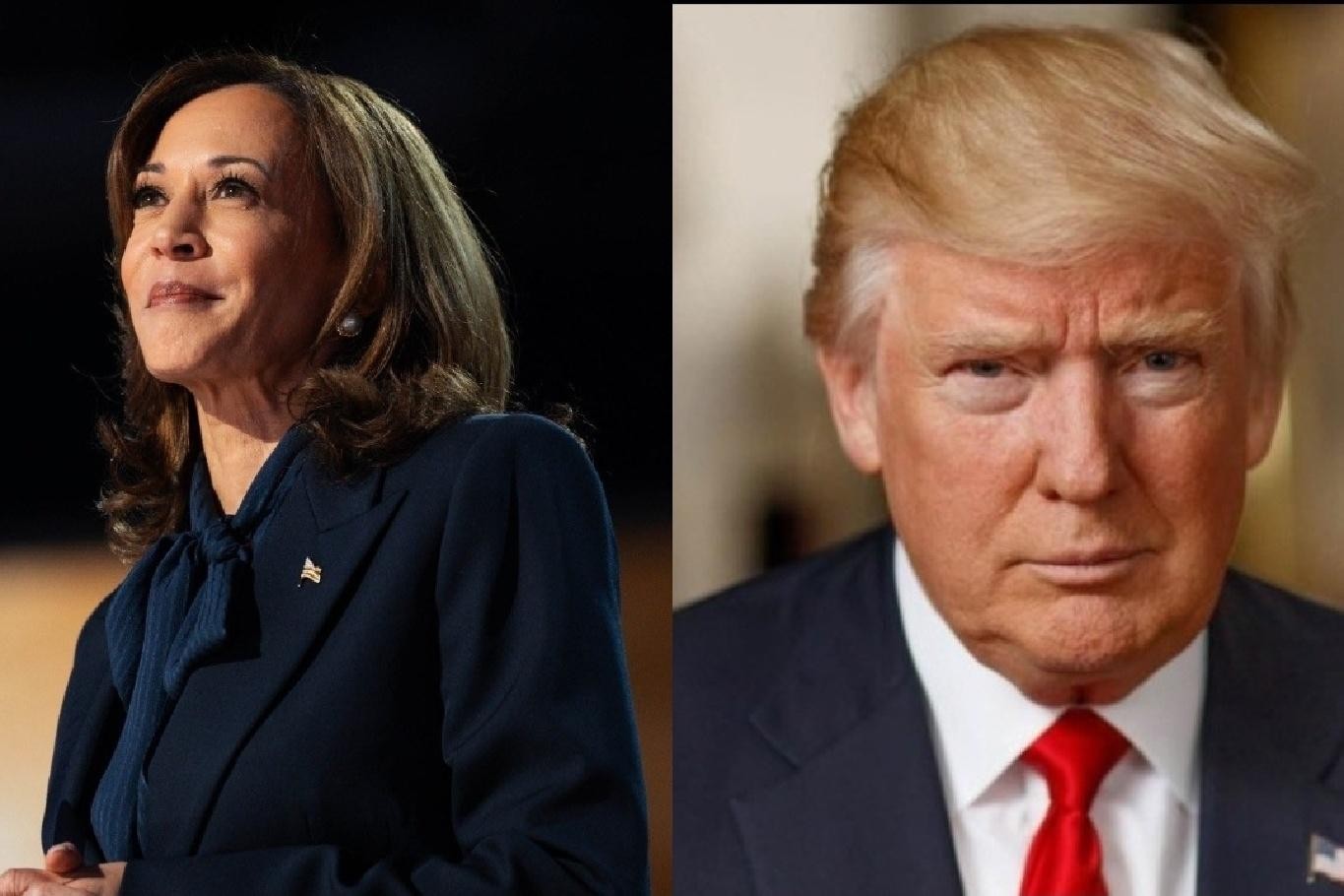
When Kamala Harris emerged as a leading figure on the Democratic ticket, it sparked considerable enthusiasm among South Asian Americans. Many rallied to support her, raising substantial funds and gaining endorsements from influential personalities such as author Salman Rushdie. As the first Indian American and Black woman nominated for president by a major political party, Harris seemed poised to secure considerable backing from the Indian American community.
However, Harris faces significant challenges in maintaining this support. The shifting political landscape has led some Indian Americans to align with her opponent, Donald Trump. Influences such as Trump’s tax policies, his focus on small businesses, and his strong relationship with Prime Minister Narendra Modi have contributed to this shift.
Rakesh Patel, a 38-year-old entrepreneur from Arlington, Virginia, shared with Nikkei.com that Trump’s “Make America Great Again” slogan parallels Modi’s “Make India Great Again,” and the Modi-Trump rapport is a major factor driving some Indian Americans toward the Republican side. This division within the community is becoming increasingly evident. Historically inclined towards Democrats, recent trends show a growing Republican preference. Raashina Humayun, a 53-year-old from California, remarked on the sharp partisan split within the community, noting that many long-time Democratic supporters are now leaning Republican.
Similarly, Pooja Khemka, a student at Illinois University, highlighted the appeal of Trump’s green card proposal for international students. She explained that while Indian students feel a connection to India, their future aspirations are tied to the US, with a green card representing a crucial step toward that future.
Indian Americans have become a crucial voting bloc, with their numbers increasing significantly since the early 1990s. According to AAPI Data, there are over 2.1 million eligible Indian American voters, making up 6.1% of the nationwide electorate. Recent polls indicate a shift in political affiliations within the community: the percentage identifying as Democrats dropped from 54% in 2020 to 47% in 2024, while those identifying as Republicans increased from 16% to 21%. Furthermore, Harris’ favorability among Indian American voters has declined from 62% in 2022 to 54% by July 2024.
The rise of prominent Indian American Republicans, such as former South Carolina governor Nikki Haley and entrepreneur Vivek Ramaswamy, also influences this trend. Mukesh Aghi, president and CEO of the US-India Strategic Partnership Forum, noted that the increasing presence of Indian-American politicians on the Republican side reflects a changing demographic trend. Economist Arun Kumar observed that Republican promises of job creation and tax reductions appeal to Indian American voters, who typically have higher median incomes than the national average.
Despite these challenges, Harris’ candidacy has the potential to shift the current trend. Her historic nomination could resonate with Indian American voters who identify with her background and achievements. Mukesh Aghi commented that Harris’ presence on the Democratic ticket could evoke a strong emotional connection for many Indian Americans. As the election approaches, Harris’ campaign will need to address these complex dynamics to regain and energize support from this pivotal voting bloc.












